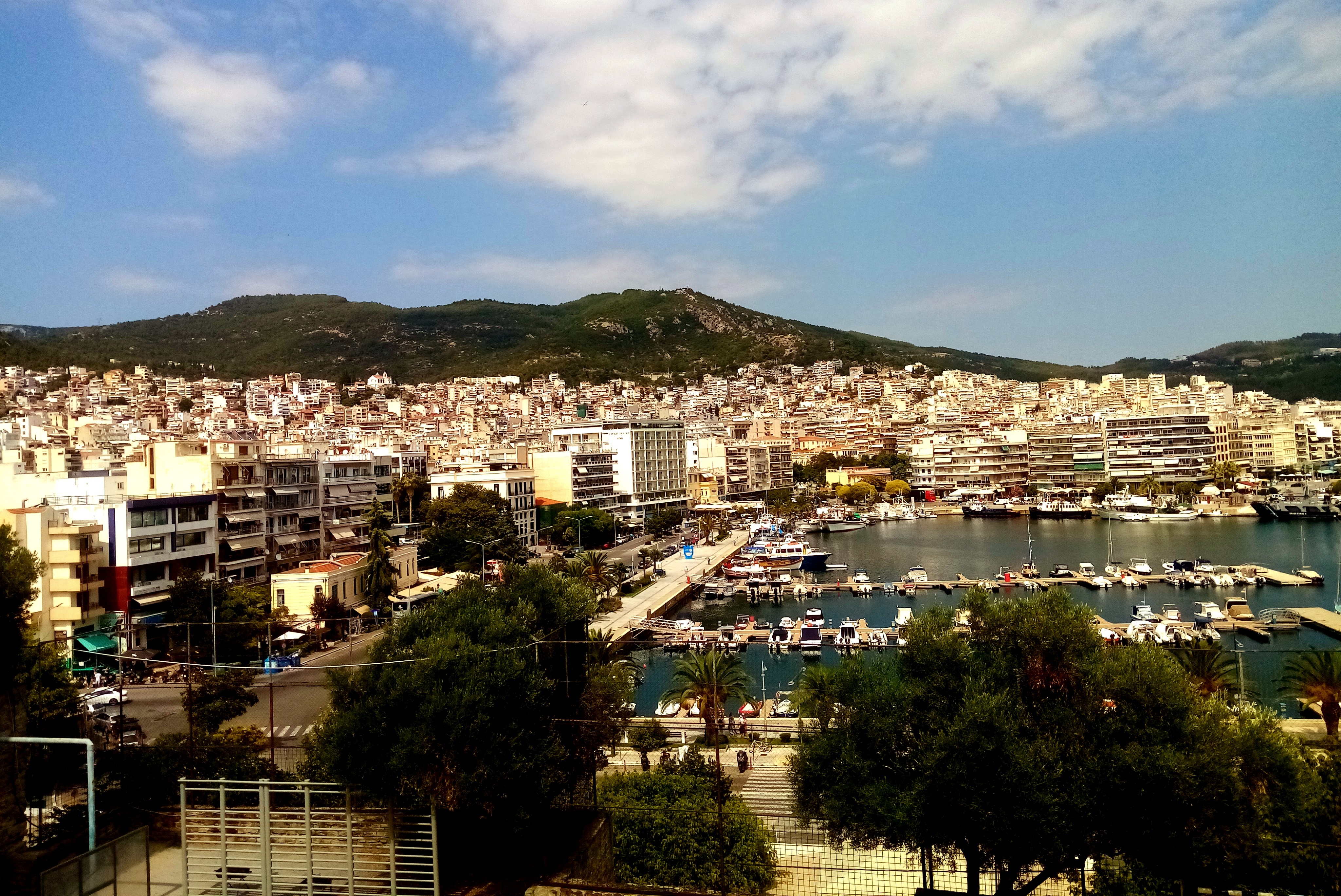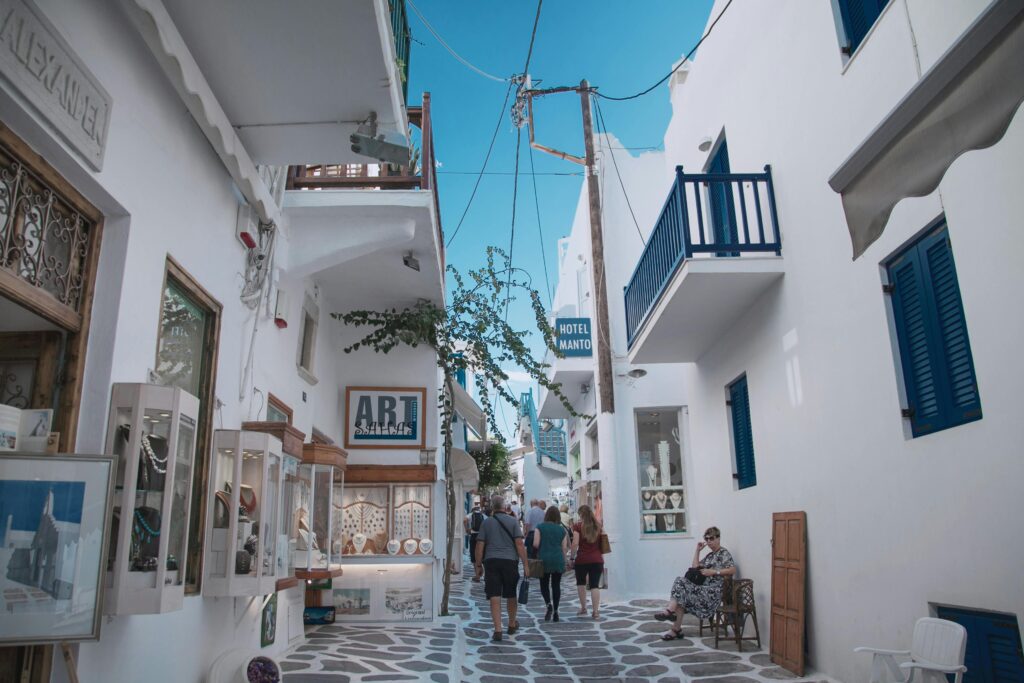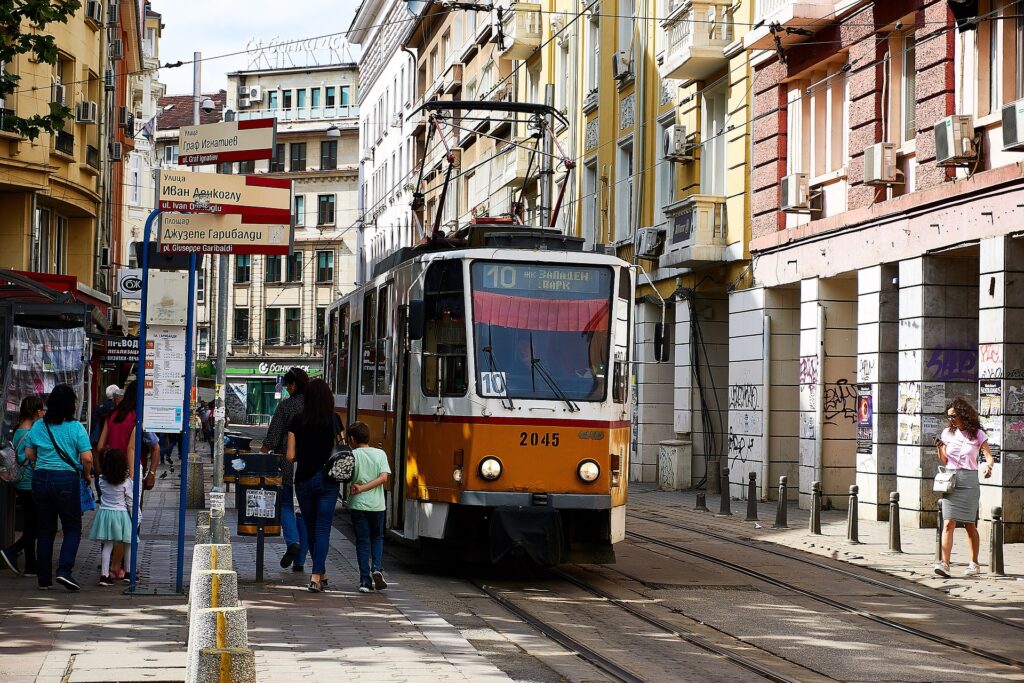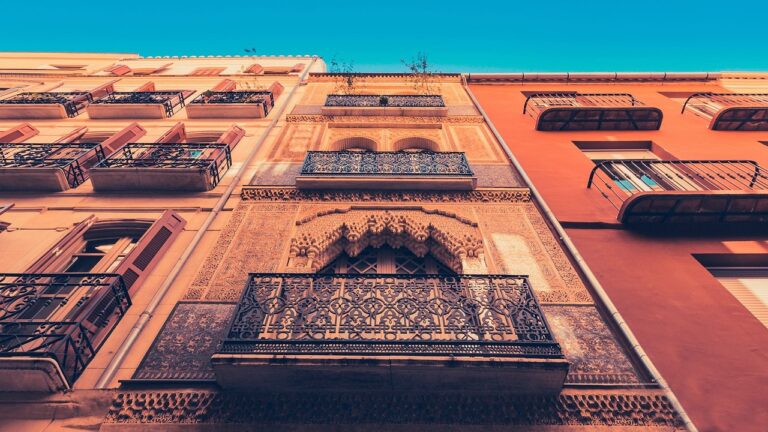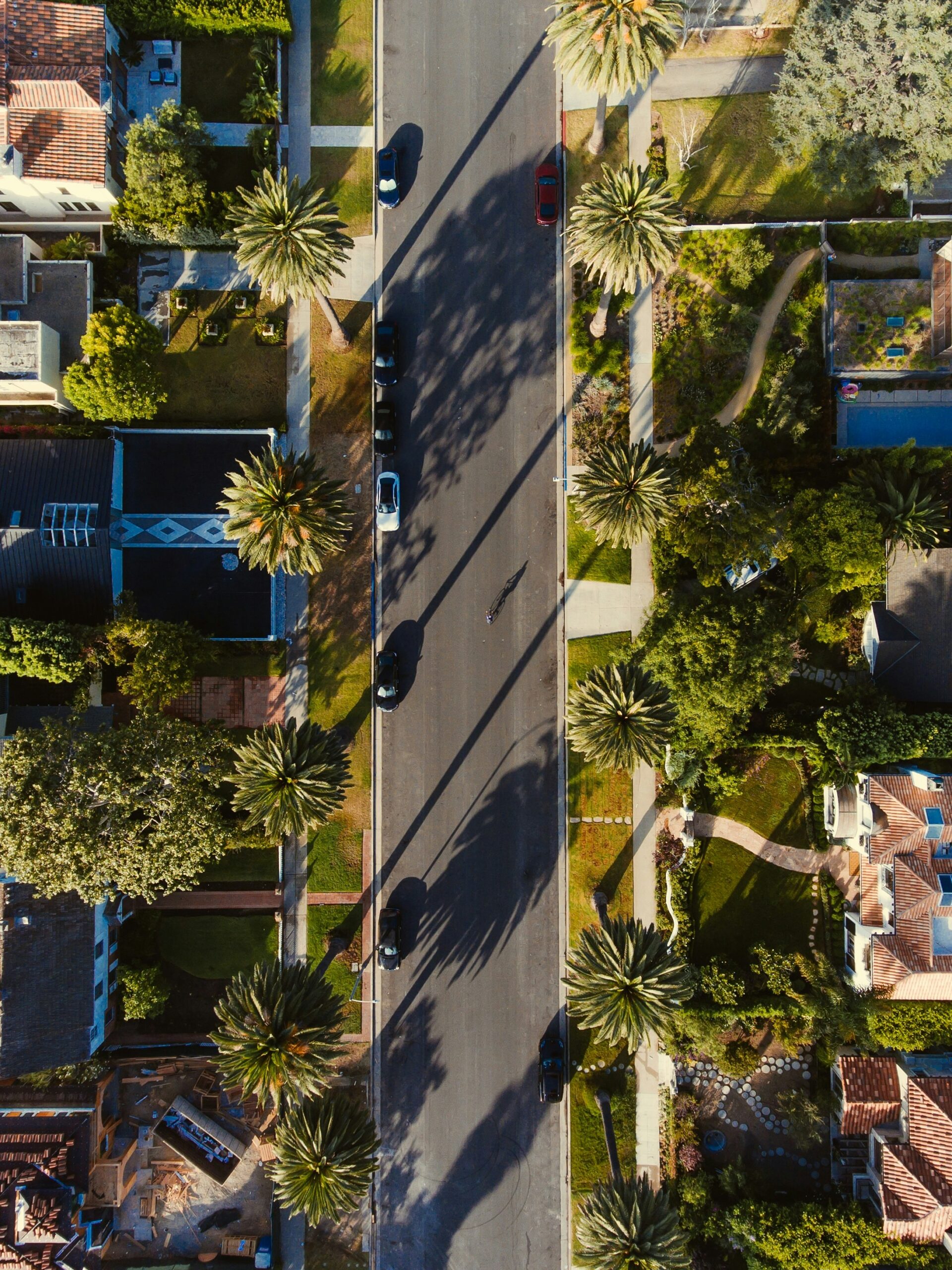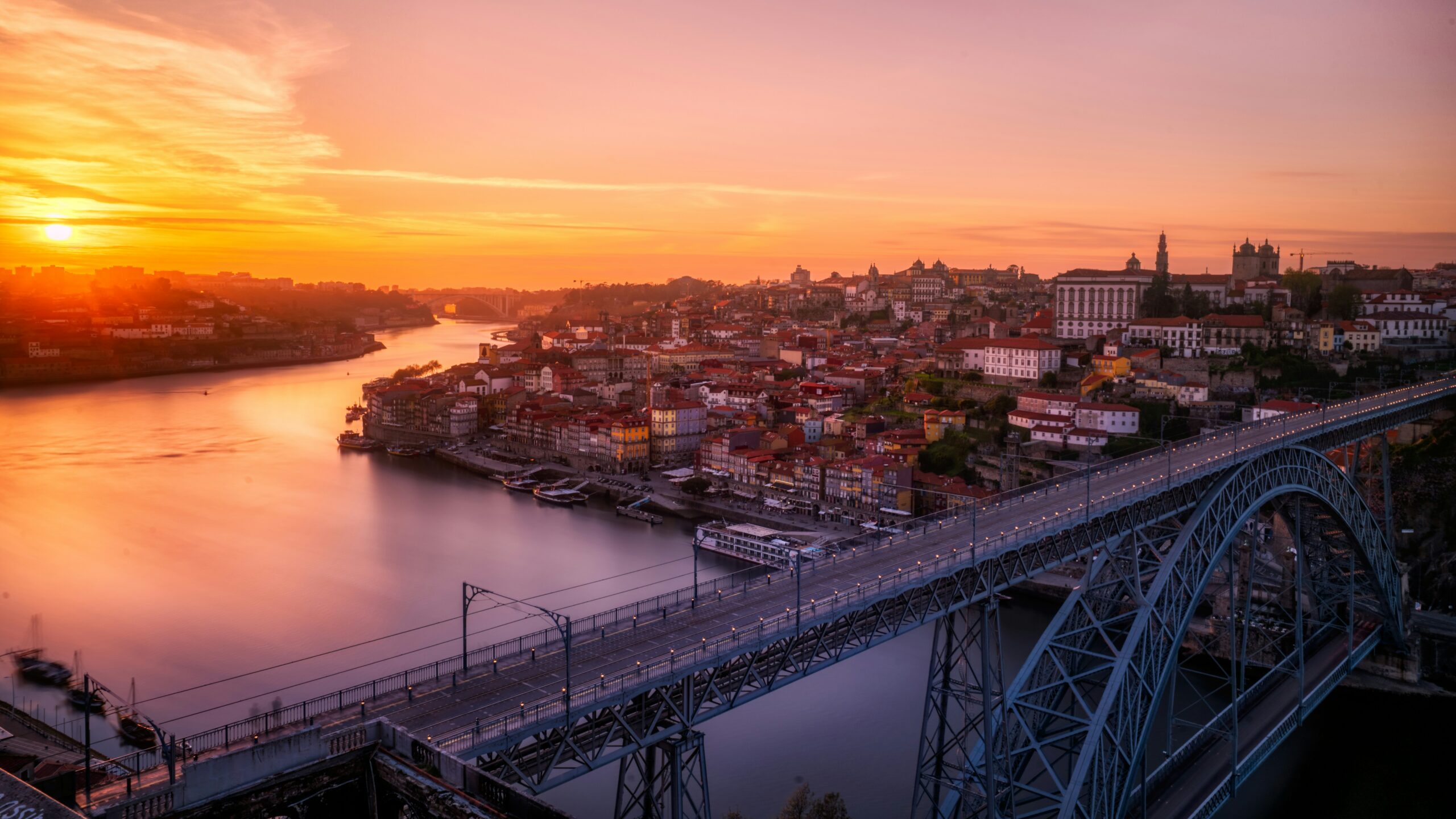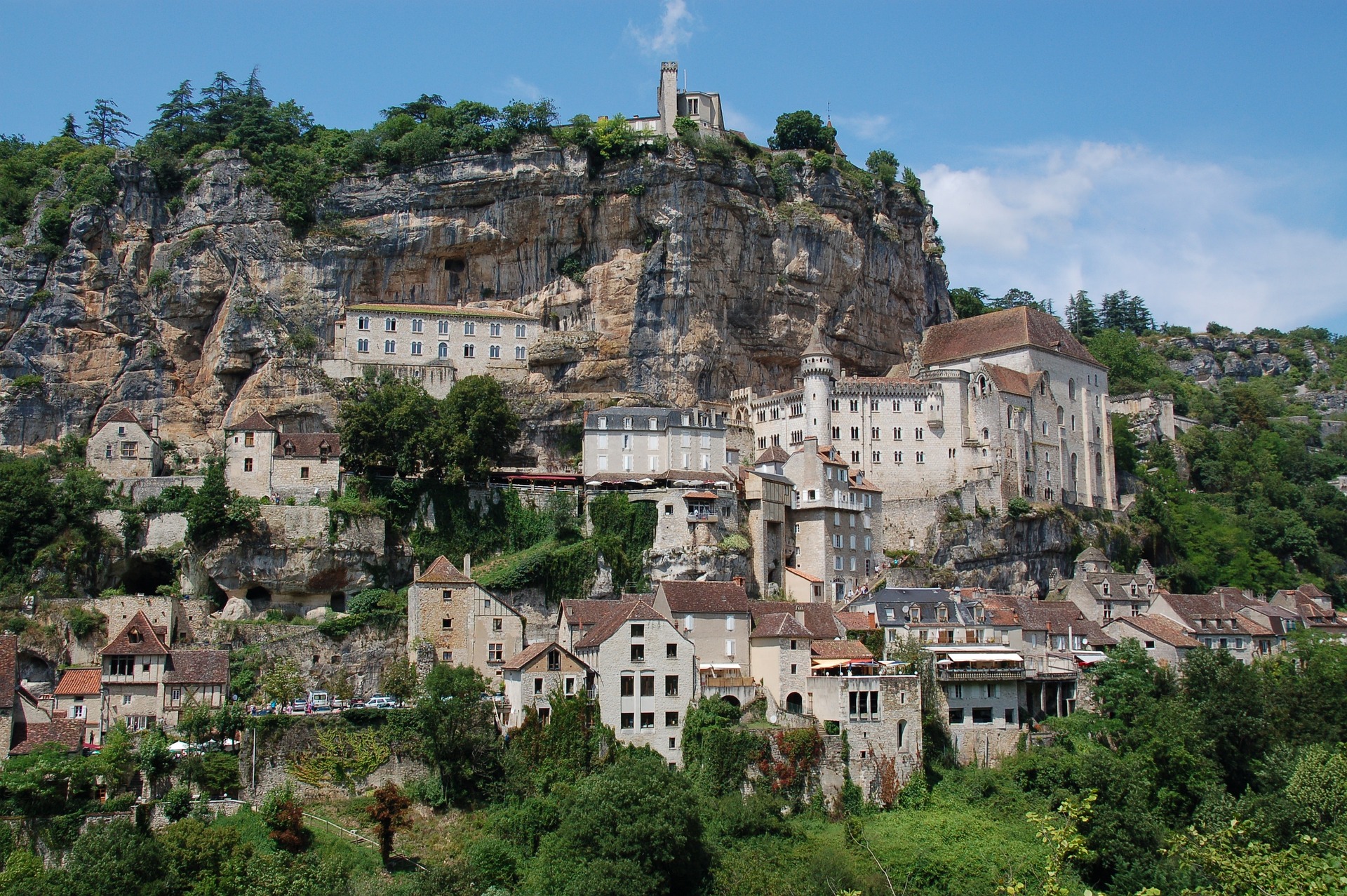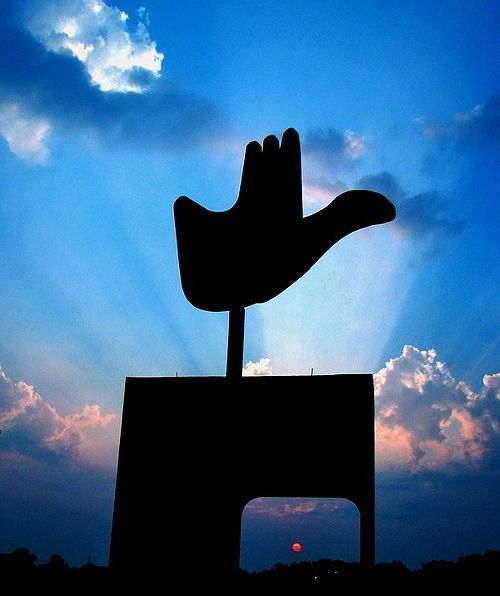Top 5 places to visit in Kavala
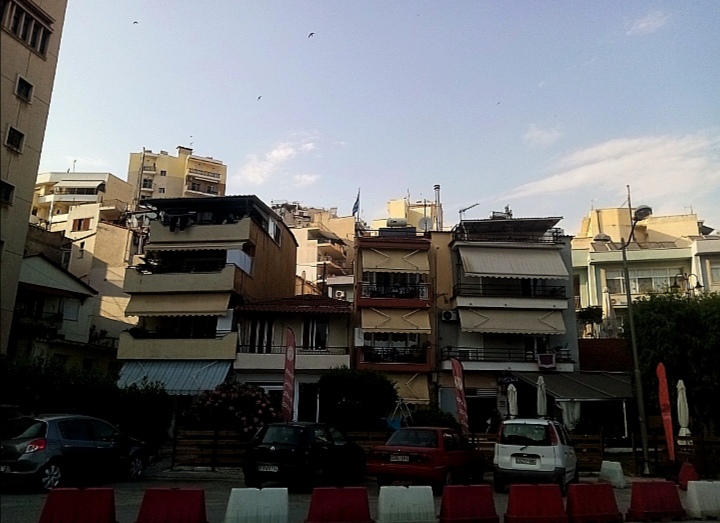
Kavala is located at the northern coast of the Greece and is a hidden gem bursting with history, culture, and scenic beauty. This vibrant city offers a blend of ancient ruins, Ottoman architecture, and modern attractions, making it a must-visit destination for any traveler exploring Greece. Whether you’re a history buff, a foodie, or an adventurer, Kavala has something for everyone. Let’s explore top 5 places to visit in Kavala.
Historical Significance of Kavala
Kavala boasts a rich history that dates back to antiquity. Originally known as Neapolis, the city has seen the rise and fall of empires, including the Romans, Byzantines, and Ottomans. Its strategic location on the Aegean Sea made it a crucial port city throughout the centuries. This historical tapestry is reflected in the city’s architecture, with remnants of its glorious past scattered throughout.
Top 5 Places to Visit in Kavala
1. The Imaret
The Imaret is a stunning example of Ottoman architecture and one of Kavala’s most iconic landmarks. Built in the early 19th century by Mohammed Ali Pasha, the Imaret served as an Islamic seminary and a charitable institution. Today, it has been meticulously restored and transformed into a luxurious hotel, preserving its historical essence.
- Historical Background: The Imaret was commissioned in 1817 and is a fine representation of Ottoman philanthropy and architecture.
- Architectural Features: The complex features a series of domes, arches, and courtyards, with intricate tile work and serene gardens.
- What to See: Visitors can explore the beautifully restored courtyards, the main prayer hall, and the museum showcasing the history of the Imaret.
2. Kavala Castle
Kavala Castle, also known as the Fortress of Kavala, stands majestically on the summit of the Panagia Peninsula, overlooking the city and the Aegean Sea. The origins of the castle date back to the 5th century AD when it was initially constructed during the Byzantine era. Over the centuries, it has undergone several reconstructions and expansions by various empires, including the Byzantines, Venetians, and Ottomans, each adding their unique touch to the fortress.
- Historical Background: Originally built in the 5th century AD, the castle was later fortified by the Byzantines, Venetians, and Ottomans.
- Best Views and Photo Spots: The castle’s towers and walls provide breathtaking vistas, perfect for photography enthusiasts.
- Tips for Visiting: Wear comfortable shoes as the climb to the top can be steep, and visit early in the morning to avoid crowds.
The Aqueduct (Kamares)
The Aqueduct, known locally as Kamares, is a striking piece of Roman engineering that has become a symbol of Kavala. This towering structure once supplied water to the city and now stands as a testament to the ingenuity of ancient architects.
- Historical Significance: Built in the early 16th century by the Ottomans on Roman foundations, the aqueduct played a crucial role in the city’s water supply system.
- Unique Features: The aqueduct spans approximately 280 meters with 60 arches of varying sizes, creating a dramatic skyline.
- Tips for Exploring: Walk along the base to appreciate its scale and visit at night when it is beautifully illuminated.
Yoy might be interested in:
4. Philippi Archaeological Site
Just a short drive from Kavala, the ancient city of Philippi is a UNESCO World Heritage Site that offers a glimpse into Greece’s storied past. Founded by Philip II of Macedon, this site is rich in historical and religious significance.
- Historical Background: Philippi was an important city in ancient Macedonia and later became a key location in early Christian history, with Saint Paul establishing one of Europe’s first Christian communities here.
- Key Highlights: Must-see attractions include the Roman theater, the Forum, and the Octagon Church.
- Visitor Information: Guided tours are available, and it’s best to visit in the early morning or late afternoon to avoid the midday heat.
5. Tobacco Museum
Kavala has a long history of tobacco production, and the Tobacco Museum offers a fascinating look into this industry that shaped the city’s economy for decades.
- Historical Significance: The museum chronicles the history of tobacco cultivation and trade in Kavala from the 19th century to the present day.
- Exhibits to See: Highlights include vintage tools, photographs, and personal stories of those who worked in the tobacco industry.
- Visitor Information: The museum is centrally located and provides a unique cultural experience, perfect for history enthusiasts.
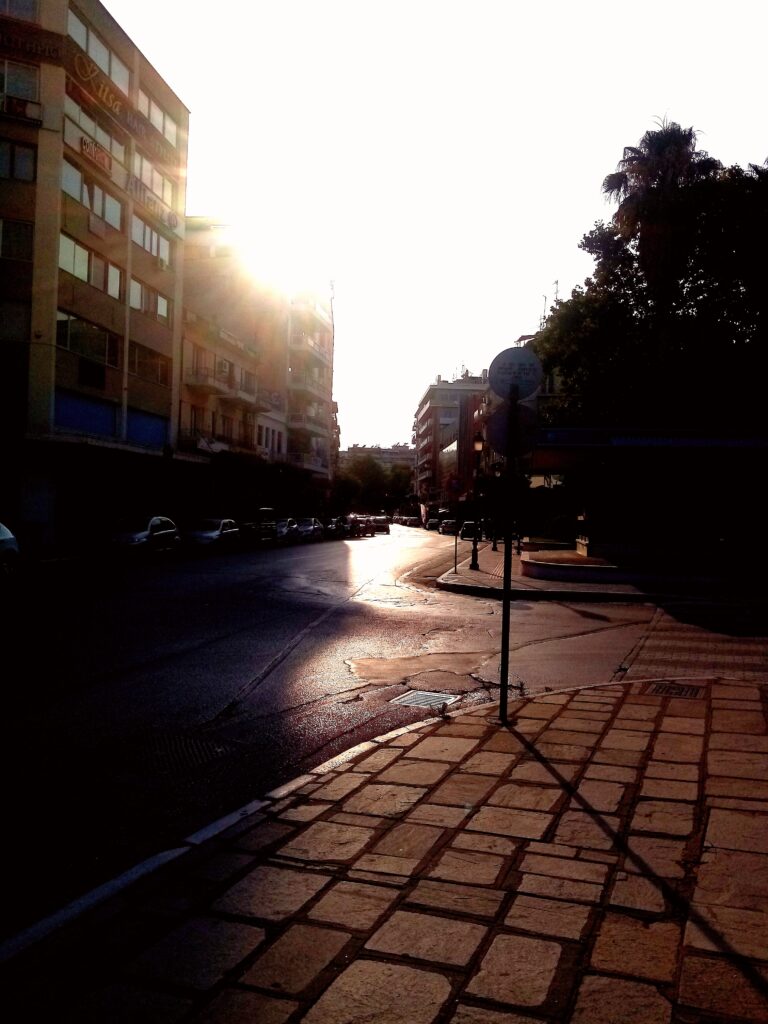
By Tomyjourney.com
Conclusion
Kavala is a city that seamlessly blends history, culture, and natural beauty. From its ancient ruins and Ottoman architecture to its stunning beaches and vibrant culinary scene, there’s something for everyone to enjoy. Whether you’re exploring the historic Imaret, taking in the views from Kavala Castle, or enjoying fresh seafood by the sea, Kavala promises an unforgettable experience.


